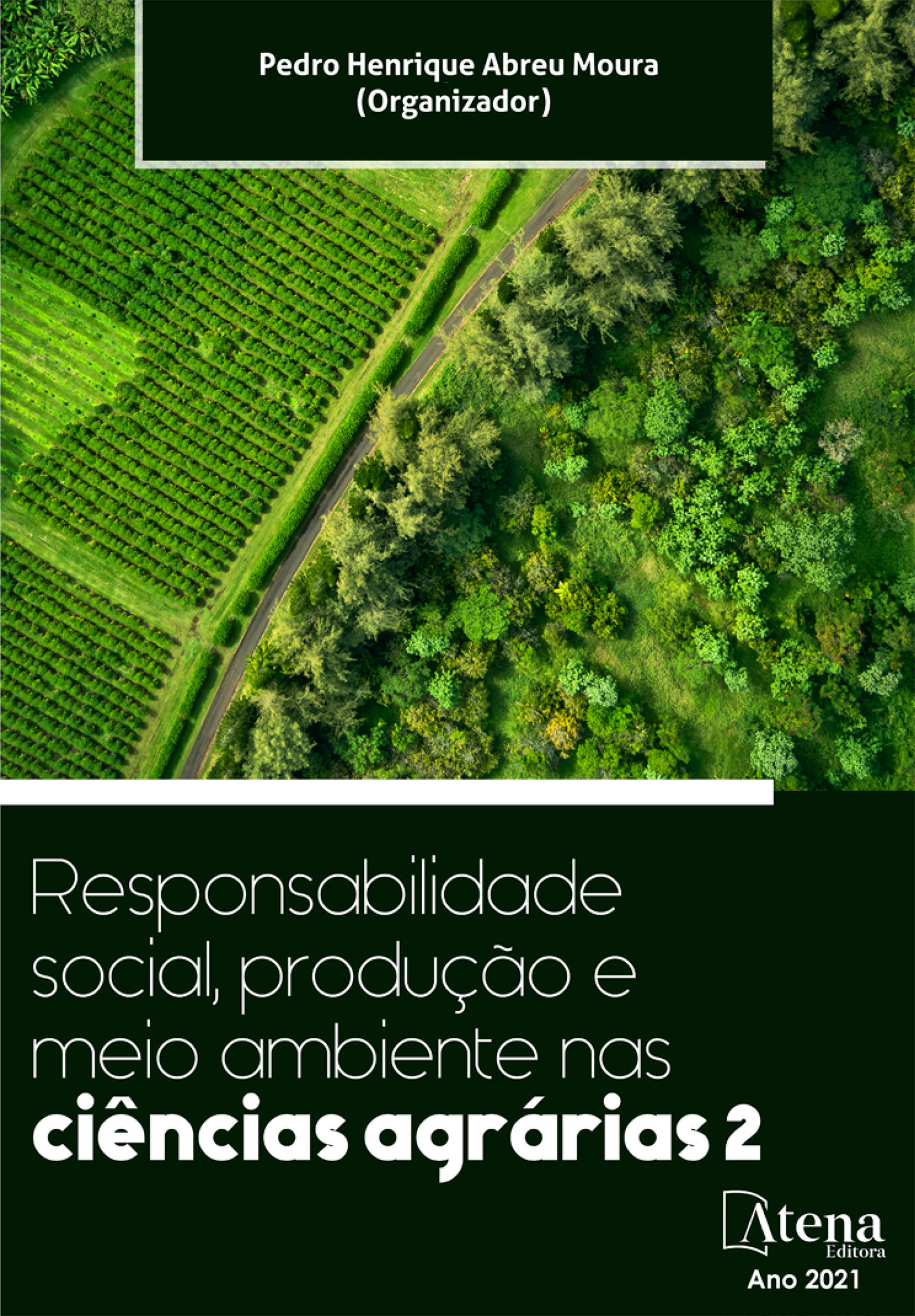
ÍNDICES FISIOLÓGICOS DE GIRASSOL EM DIFERENTES ARRANJOS ESPACIAIS DE PLANTAS, ÉPOCAS DE SEMEADURA E ANOS DE CULTIVO NO RECÔNCAVO DA BAHIA
Objetivou-se com esse trabalho avaliar os índices fisiológicos dos híbridos de girassol nos diferentes arranjos espaciais de planta, épocas de semeadura e anos de cultivo no Recôncavo da Bahia. Os experimentos foram instalados no Campo Experimental da Universidade Federal do Recôncavo da Bahia, em dois anos agrícolas e três épocas de semeadura: época 1, EP1 (segunda quinzena de maio); época 2, EP2 (segunda quinzena de junho) e época 3, EP3 (segunda quinzena de julho). Para cada época de semeadura foi instalado um experimento no delineamento em blocos casualizados em esquema de parcelas subdivididas no espaço, onde nas parcelas ficou, os diferentes arranjos espaciais de planta: arranjo 1- A1(0,45 m x 0,49 m); arranjo 2- A2 (0,70 m x 0,32m) e arranjo 3- A3 (0,90 m x 0,25 m), e nas subparcelas os híbridos de girassol (Hélio 250, Hélio 253 e Aguará 3) em seis repetições. Todas as variáveis e índices foram ajustados pela função polinomial exponencial Ln (y) = a + bx1,5 + cx0,5, para representar a progressão do crescimento ao longo do ciclo, em que Ln (y) são as variáveis TCR, ou TCC ou TAL ou RAF, em função do tempo, sendo a, b e c os coeficientes empíricos determinados estatisticamente e x a variável tempo em dias após a emergência, com o uso do programa estatístico Table-curve. No primeiro ano a EP2 favorece as maiores TCC, TCR e RAF para o híbrido Aguará 3, independente do arranjo espacial de planta. No segundo ano, independente da época de semeadura e do híbrido, o A2 é o que apresenta os melhores índices fisiológicos.
ÍNDICES FISIOLÓGICOS DE GIRASSOL EM DIFERENTES ARRANJOS ESPACIAIS DE PLANTAS, ÉPOCAS DE SEMEADURA E ANOS DE CULTIVO NO RECÔNCAVO DA BAHIA
-
DOI: https://doi.org/10.22533/at.ed.0542112075
-
Palavras-chave: Helianthus annuus L., massa da matéria seca, área foliar, análise de crescimento.
-
Keywords: Helianthus annuus L., dry matter mass, leaf area.
-
Abstract:
The objective of this study was to evaluate the physiological indices of sunflower hybrids in different spatial arrangements of plant, sowing dates and years of cultivation in the Recôncavo of Bahia. The experiments were installed in the experimental farm of the Federal University of Recôncavo of Bahia, in two agricultural years and three sowing dates: season 1, EP1 (second half of may); season 2 EP2 (second half of june) and then 3, EP3 (second half of july). For each sowing date was a randomized block design experimentin split plot in space, where the plots got, the different spatial arrangements of plant: Arrangement 1 - A1 (0.45 m X 0.49 m); arrangement 2 - A2 (0.70m X 0.32m) and arrange 3 - A3 (0.90 m X 0.25 m), and the subplots sunflower hybrids (250 Helium, Helium 253 and Aguará 3) in six replicates. All the variables and indices are adjusted by an exponential polynomial Ln (y) = a + bx1,5 + cx0,5 to represent the growth cycle progression, wherein Ln (y) are the variables TCR or CBT or TAL or RAF, a time function, a, b and c the empirical coefficients determined statistically and x a variable time in days after emergence, using the statistical program Table-curve. In the first year EP2 promotes the highest TCC, TCR and RAF for hybrid Aguará 3, independent of the plant spatial arrangement. In the second year, regardless of sowing date and hybrid, the A2 is the one with the best physiological indices.
-
Número de páginas: 20
- Gisele da Silva Machado
- Clovis Pereira Peixoto
- Marcos Roberto da Silva
- Ana Maria Pereira Bispo de Castro
- Jamile Maria da Silva dos Santos
- Ademir Trindade Almeida
- Ellen Rayssa Oliveira


